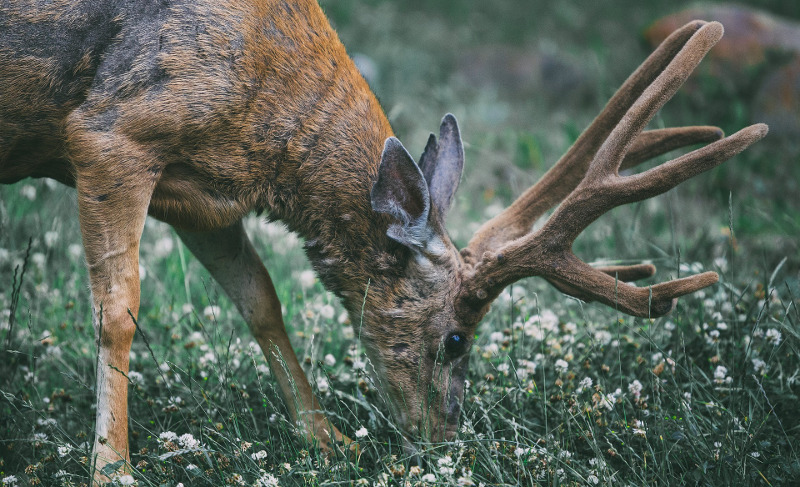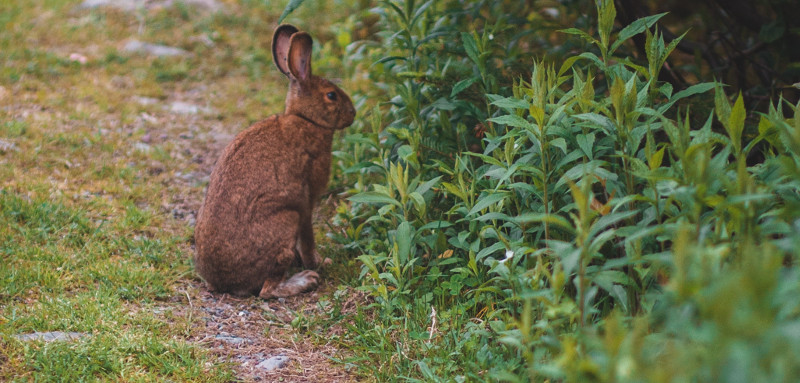Do deer like coneflowers? According to Rutgers University, coneflowers are rated as a “B” on their rating scale from Rarely Damaged to Frequently Severely Damaged. That means they are “Seldom Severely Damaged” by deer. Plants and shrubs in this category are good choices for planting in areas with a lot of deer in the area, or in gardens that are prone to deer damage.
Because they are seldom damaged by deer, many organizations include coneflowers on their “deer resistant” lists. However, the young or newly planted plants have the potential of being eaten.
Coneflowers are often considered deer resistant, but what other animals will eat them? If something has been nibbling on your plants, and you can easily rule out deer, rabbits are the most likely culprit. Rabbits will happily snack on the young stems and leaves of coneflowers. They can even eat the flowers if they are close enough to the ground.

Keeping Rabbits or Deer Away From Coneflowers
How do you keep deer or rabbits away from coneflowers? One way is to plant companion plants around them that you know they really don’t like. Plants with fuzzy, prickly or odorous leaves are great for deterring deer or rabbits from plants they might want to munch. Plants like anise hyssop, catmint, oregano, sage, lemon balm, lavender, lavender cotton, ornamental onion and thyme are all examples of companion plants that keep grazing animals away with their strong smell.
Protecting young coneflowers from deer or rabbits is one of the best ways to ensure they survive a visit from a grazing deer. Try enclosing the plants in a wire cage or chicken wire to deter grazing animals.
Deer repellent is a great idea for gardens that continually sustain deer damage. If you’ve tried protecting your plant and using companion plants that deer dislike, then it’s time to use deer repellent.

Will Coneflowers Come Back After Deer Eat Them?
Here are some helpful tips on how to help coneflowers grow back after a destructive visit from a deer or rabbit:
- Prune the damaged leaves and stems.
- Fertilize or add compost topdressing around the plant to encourage additional growth.
- Keep an eye on the plant and offer additional pruning, fertilizing or watering as needed.
If you follow the tips above, your coneflower has a very good chance of growing and blooming again next year.
Sources: Rutgers New Jersey Agricultural Experiment Station ‘Landscape Plants Rated by Deer Resistance’ 2018
 |
Emily Reeves - Published 12-11-2020 |
